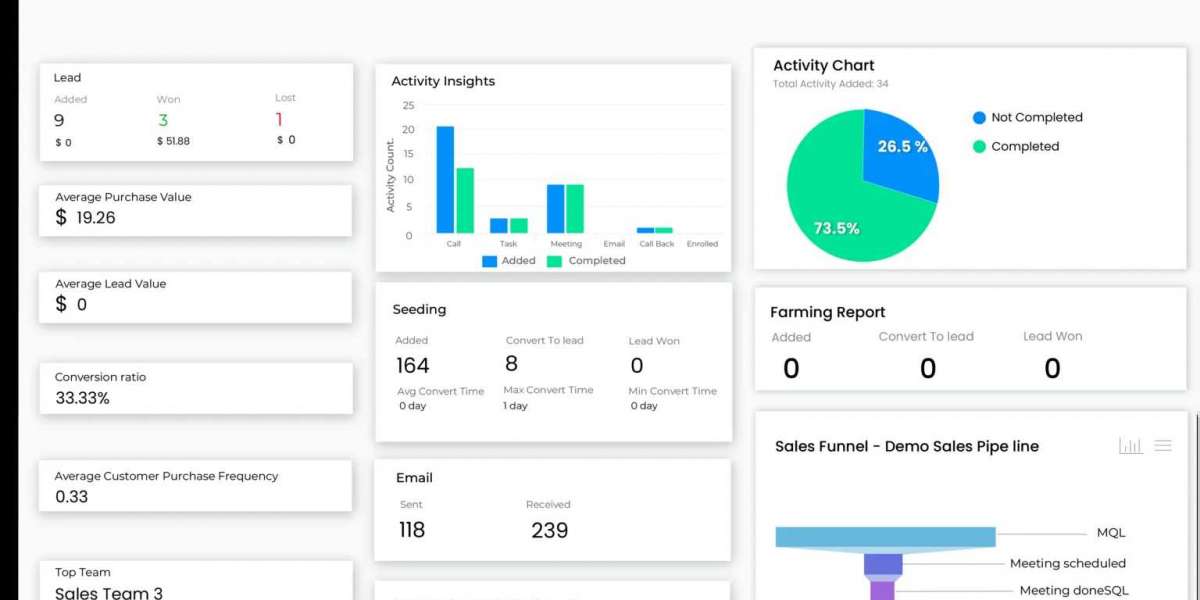Fractional ownership represents a breakthrough concept that enables assets from real estate to patents to be owned by multiple investors together in digital fractions. This novel idea promises to greatly expand who can invest in what were previously unattainable, exclusive asset categories before.
What is Fractional Ownership?
Fractional ownership structures assets like properties into fractionalized digital shares that allow groups of investors to own a portion rather than requiring a sole buyer. For a $10 million commercial building for example, it could be tokenized into 10,000 fractional ownership shares each valued at $1,000 worth of ownership rights. Investors can purchase shares based on their investment budget.
Widening the Asset Investor Tent
Here are some of the paradigm shifts fractional models introduce:
Lower Barriers to Entry
Minimum investments plunge from millions to hundreds even, allowing more investors access to assets historically out of reach.
Diversification
Fractional shares mean individuals can spread capital across more assets in multiple geographies, lowering risk.
New Asset Classes
Whole new “alternative” assets like farmland, energy infrastructure projects, EV fleets or sports franchises become investable thanks to fractionalization.
Globally Crowdsourced Funding
Fractional issuances through blockchain technology tap worldwide investor interest to raise capital in innovative ways.
Liquidity
Fractional owners can trade shares on secondary marketplaces, eliminating previous complete illiquidity for assets like property.
Automated Administration
Smart contracts encode rules for fractional ownership like cash flow distributions, reporting, compliance etc. to simplify administration.
Transparency
On-chain data offers transparency into fractional asset performance like rents earned, occupancy rates for property or energy output for infrastructure assets.
As these advantages demonstrate, fractional models drastically overhaul closed access to lucrative categories only available to the moneyed few before.
Fractional Use Cases Proliferating
Many real-world assets are already seeing innovation with fractionalized ownership models:
Real Estate - commercial and residential properties are early fractionalization leaders, opening new wealth building pathways.
Infrastructure - roads, power grids, EV fleets, 5G towers and more infrastructure is being financed and owned fractionally.
Farmland - fractional models allow participation in stable, income-producing farmland ownership.
Patents - one can now own fractions of potentially lucrative patents in biotech, high tech and more.
Event Ticket Revenue - artists/teams are fractionalizing future ticket sales to raise funds from engaged fanbases.
As tokenization standards evolve, expect more niches to build fractional finance models letting more investors participate.
The Outlook for the Fractional Future
Fractional ownership flips old notions of asset accessibility and investing on their head. While still early stage, fractionalization is undoubtedly widening the tent for who can own what. Democratizing investment exposure at reduced barriers in alternative assets and income streams all point to a revolution in capital formation and wealth creation models ahead. The 21st century may indeed be defined by the crowd replacing country clubs.
Visit this Fractional asset ownership








